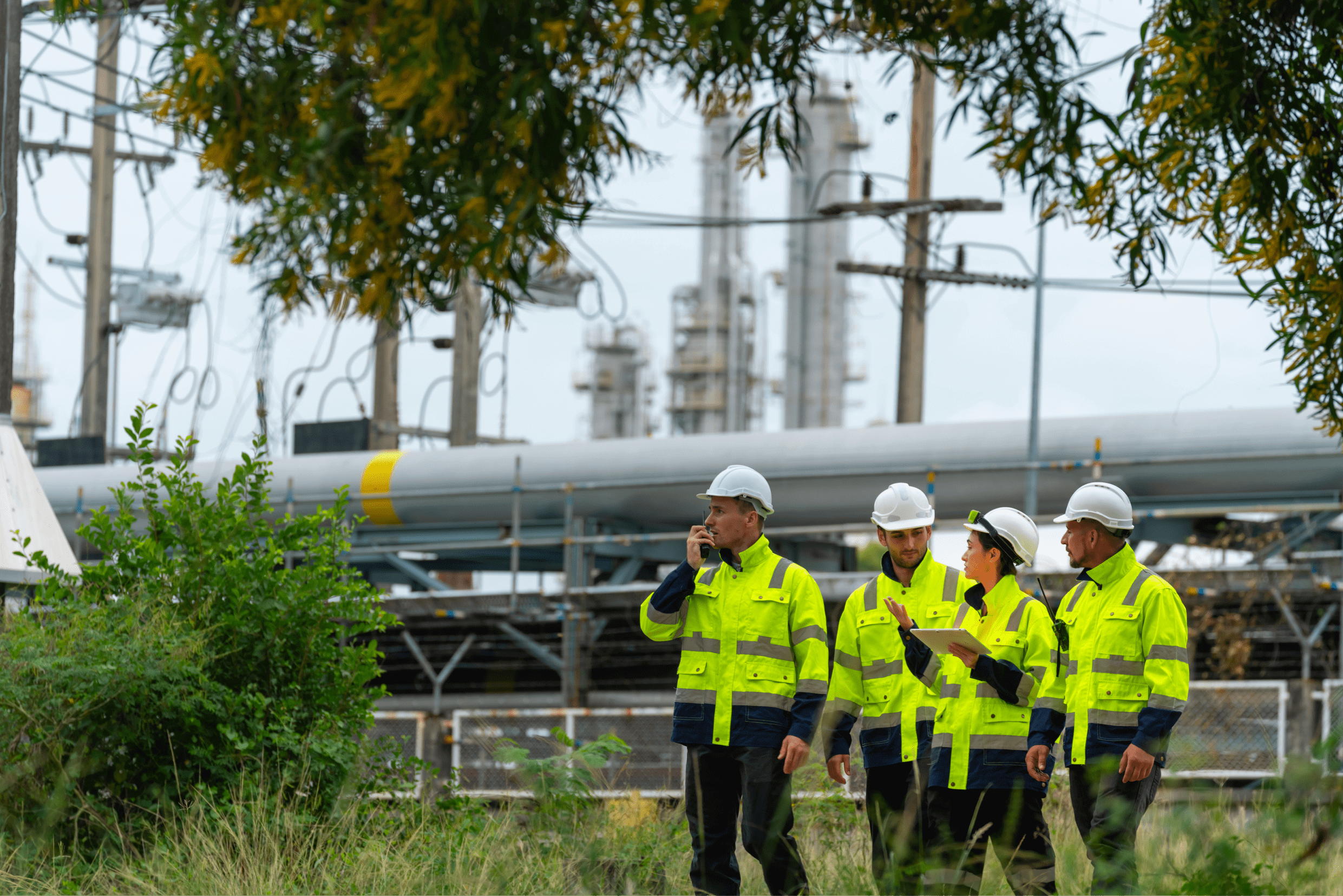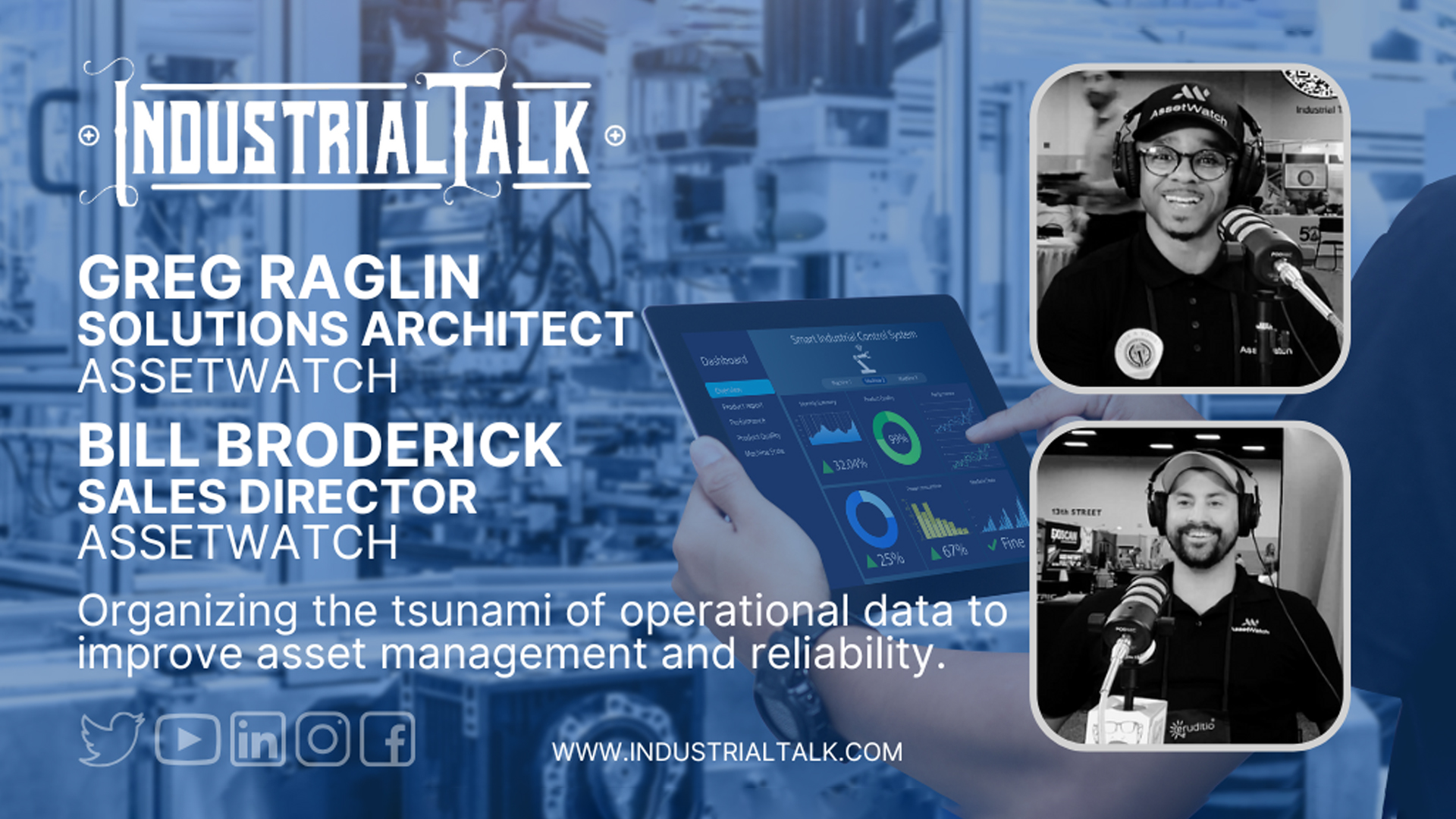Lean manufacturing teams are operating under heavy demands. Every unplanned downtime event after an asset fails means missed production targets, higher maintenance costs, and unnecessary stress for maintenance personnel.
How can you end the reactive chaos, and beyond that, move the needle on mission-critical KPIs—without adding complexity?
Condition monitoring delivers massive impact with surprisingly little effort. Equipped with IoT condition monitoring sensors, vibration and oil analysis, AI-driven data analysis—and ongoing expert support from a dedicated condition monitoring engineer (CME)—teams can continuously monitor machine health, detect early signs of wear, and act before failure strikes.
This isn’t theory. It’s happening on real factory floors today. The following five case studies highlight how manufacturers across industries are using condition-based monitoring to drive measurable ROI, enhance reliability, and transform maintenance culture.
Benefits of Condition Monitoring: From Hype to Hands-On Value
Think of predictive maintenance as an all-purpose tool your lean teams can use to keep production running, extend asset lifespan, and reduce maintenance costs. It's how leading manufacturers are doing more with less and strengthening operational resilience.
As opposed to preventive maintenance strategies that rely on a fixed schedule regardless of asset condition, modern condition monitoring solutions use real-time data and historical data to assess asset health. AI plus human expertise combine to help detect vibration anomalies, analyze lubrication quality, and uncover hidden failure patterns in critical assets.
By integrating these insights into computerized maintenance management systems (CMMS), teams can simultaneously improve maintenance planning, eliminate unnecessary maintenance tasks, and increase operational efficiency.
Let’s explore how five different manufacturers implemented condition monitoring and reaped real, measurable rewards.
1. Plastic Film Manufacturer: Avoiding a Costly Gearbox Failure and Saving $1.2M in 12 Months
Condition monitoring techniques in action
A global plastic film manufacturer with aging extruder gearboxes faced rising risk of equipment failure and unplanned downtime. Using wireless triaxial sensors for vibration monitoring and temperature monitoring, and relying on their condition monitoring engineer (CME) partner, the team was able to detect and address increased radial play in a gearbox input shaft before it was too late.
By scheduling maintenance during planned downtime, they avoided a catastrophic failure—preventing an estimated 1,200 hours of downtime.
What this proves
- Maintenance win: Small adjustments driven by data collection from condition monitoring sensors prevented a costly rebuild
- Culture shift: Maintenance personnel moved from reactive firefighting to proactive decision-making, alleviating pressures and stress associated with sudden downtime and emergency repairs
- Business impact: Condition monitoring enabled the team to enhance machine health and improve asset reliability while conserving resources
"My team and leadership quickly went from skeptical to having a fear of going without Vero in a very short time." 👉 Read the full case study
2. Cement Manufacturer: 57× ROI Achieved in First Six Months with Continuous Monitoring
Condition-based maintenance offers outsize impact from day one
A large cement manufacturer needed an affordable way to monitor critical assets like separator fans and motors. After implementing a wireless condition monitoring system, the team quickly detected non-synchronous vibration on a fan motor DE bearing.
The team acted before failure, saving $120,000 in this instance alone—with 160+ hours of downtime prevented and 57× ROI achieved in just six months.
Key learnings
- A condition monitoring system offers the critical advantage of early detection—using vibration analysis and real-time data to identify mechanical wear
- Continuous monitoring enables scheduling of planned maintenance downtime that saves resources and limits disruption
- By leveraging data collected via IoT- and AI-powered condition monitoring, the maintenance team is reducing unnecessary maintenance costs and improving operational efficiency
"AssetWatch's world-class service and expert machine health insights saved us more than $1.1M in just six months, without having to spend a dime on CapEx." 👉 Read the full case study
3. Worthington Steel: Using Oil Analysis to Extend Asset Life by 12.5 Years
The power of condition monitoring beyond vibration
For years, Worthington Steel’s Delta, OH plant relied on vibration data alone. Then they introduced an oil analysis program to help them detect early signs of machine wear and enhance the health and longevity of their equipment.
In once instance, the data revealed moisture contamination in a gearbox. By changing the oil and installing a filter as recommended by their CME partner, the team reduced wear rates dramatically—slowing degradation to 41% below normal. With simple fixes like these, the team was able to extend asset lifespan by an estimated 12.5 years across all monitored machines.
Lessons from the field
- Oil analysis is an essential condition monitoring technique, especially for rotating machinery, as it helps with earlier detection of issues and root cause analysis
- Oil particle counts and contaminant tracking provide deeper insights into equipment health than visual checks or vibration analysis alone
- This approach reinforces a proactive maintenance culture focused on extending asset life, beyond just preventing failures
"When you look at the longer-term strategy and how we’re extending the life of an asset, that asset’s going to last for 12 more years instead of seven. Then our lights start to come on. We start to understand the payback." 👉 Read the full case study
4. Wood Products Manufacturer: Scaling Predictive Maintenance Enterprise Wide for $2M+ in Savings
Ease of implementation and fast ROI across multiple facilities
A North American wood products manufacturer sought to standardize reliability across its 15 facilities. Starting with one pilot location, a complete condition monitoring system—including vibration sensors and data analysis software tools—was up and running in under two days.
Within six months, 11 potential failures were detected and resolved proactively, saving over $113,000. These initial successes led to a full rollout across all sites, preventing more than 130 downtime events and achieving 5× ROI in a six-month period.
Takeaways
- Implementing condition monitoring can be fast, scalable, and cost-effective with an end-to-end solution that includes hardware, software, install, site visits, and ongoing CME support.
- Combining real-time sensor data, historical data, and expert condition monitoring engineers helps standardize reliability processes across facilities.
- The integration of condition-based monitoring with maintenance plans improved transparency, reduced unplanned downtime, and made maintenance processes more efficient and data-driven.
"Our CME is definitely an asset to us. He continues to find issues at early stages and his engagement and fast response with our team is exceptional and a key to both of our successes." 👉 Read the full case study
5. Arbec Miramichi: With Condition Monitoring, Equipment Failure Risks Eliminated and 12X ROI Delivered in First Six Months
From preventive maintenance to prescriptive insights
At Arbec Miramichi, a leading producer of engineered wood, the maintenance team struggled to manage multiple machines and critical assets efficiently. After deploying a turnkey condition monitoring solution—with 200 sensors installed and ready to capture data in just two days—the facility used continuous vibration monitoring, AI-powered data analysis, and insights from their dedicated CME partner to detect emerging issues in their rotating equipment.
Within six months, the team had prevented 15 costly downtime events through planned maintenance tasks and achieved significant reductions in both repair costs and energy usage.
Proven benefits
- Improved visibility into machine health and reliability across sites
- Unnecessary maintenance costs reduced through early issue detection
- Continuous learning and smarter maintenance scheduling
"Our CME is a partner, not just support. Kevin is quick to respond, and his analysis is essential. Without the right actions on the right equipment at the right time, you're just wasting effort." 👉 Read the full case study
How Condition Monitoring Drives Efficient Maintenance
The common thread across all five of these stories is clear: condition monitoring enables teams to monitor assets continuously, collect actionable insights, and prevent costly downtime—without increasing labor or capital expenses.
When you combine vibration monitoring, oil analysis, sensor data, you empower your maintenance department to:
- Reduce maintenance costs through early fault detection
- Prevent unplanned downtime with smarter scheduling
- Improve asset reliability and extend machine lifespan
- Integrate predictive maintenance strategies into daily operations
- Develop more effective maintenance practices grounded in facts—not guesswork
This is where the Industrial Internet of Things (IIoT), AI, machine learning, and human experts deliver real business value—not just connectivity, but smarter, faster, more efficient maintenance.
Condition Monitoring Made Easy: Start Small, Scale Quickly
Every manufacturer can begin implementing condition monitoring without massive disruption. Start with:
- Critical rotating equipment—gearboxes, motors, compressors, pumps
- Wireless triaxial condition monitoring sensors that collect vibration and temperature data
- An online condition monitoring system that visualizes performance data in real time
- A solution that includes a dedicated CME who can interpret data and guide your maintenance team toward timely corrective action
Once you’ve proven ROI on a few machines, you can scale across facilities, integrate with your control systems or CMMS, and fully transition to automated condition-based maintenance processes.
The Real ROI: Predictive Maintenance That Pays for Itself
Across these success stories, another notable trend stands out as well: predictive maintenance strategies consistently pay for themselves within months.
When you prevent machine failures, reduce unplanned downtime, and optimize maintenance schedules, you see improvements in asset reliability, performance, and cost control that ripple across the entire organization.
Condition monitoring changes the culture. It moves teams from reactive maintenance toward continuous improvement, delivering steady, tangible gains in operational efficiency and maintenance performance. These gains are key to building a more competitive and resilient operation.
Discover How Easily You Can Drive Progress with Condition Based Maintenance
If you’re curious about how a condition monitoring system can transform your maintenance department, reduce costs, and increase reliability, explore these case studies in detail. Learn how other manufacturers are using predictive maintenance technology to make maintenance more efficient, proactive, and profitable. 👉 Access the full case study collection here.


















